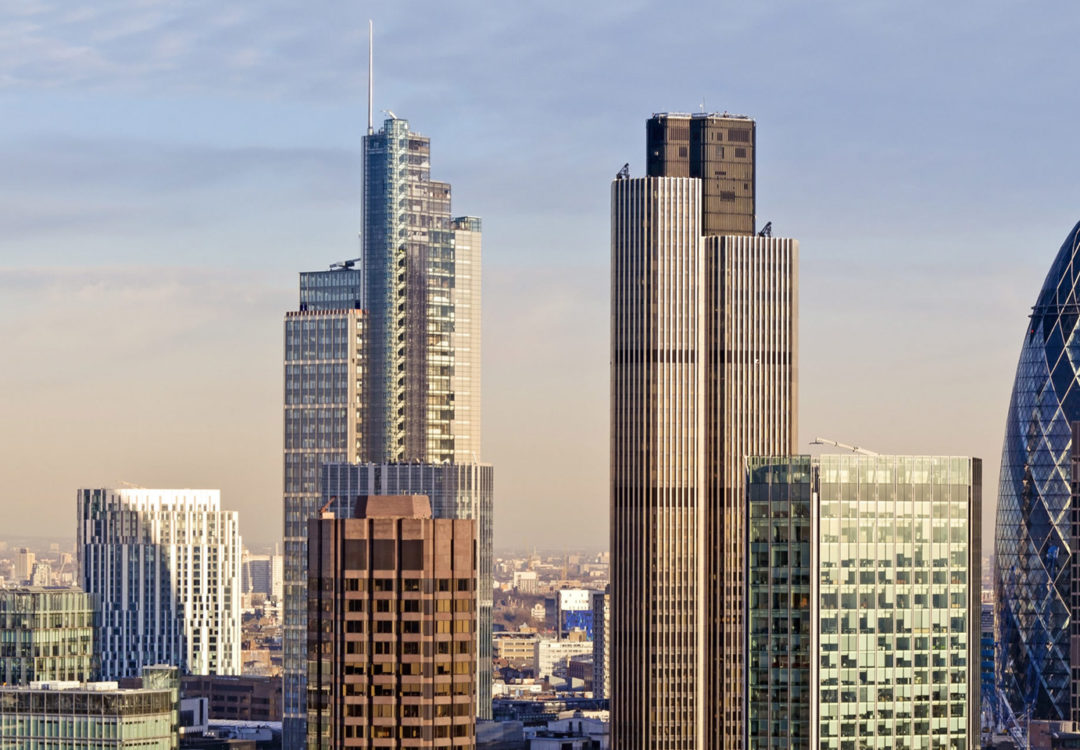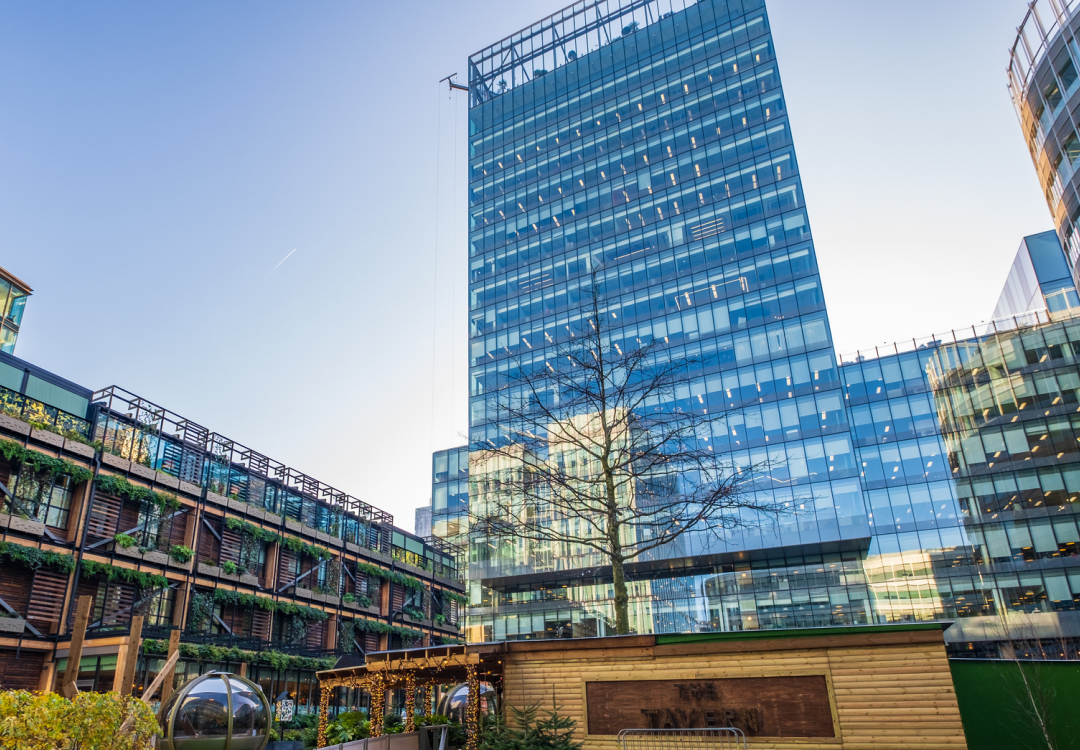Retail Scanner
Brand protection on e-commerce platforms
November 2021
HGF recently presented on this topic at the Luxury Law Summit conference in London, which emphasised the need for brands to take a robust strategy to trade mark protection online. Online protection can feel particularly time consuming; monitoring and enforcing not only your own sales, but sales by third parties and counterfeiters. We’ve summarised below some of the brand protection measures that the main platforms are taking and how these can feed into broader online protection strategies.
Amazon
Brand Registry
Amazon’s Brand Registry identifies ‘official’ brand owners to Amazon and can help brand owners protect their intellectual property and product content on the Amazon platform. Whilst anyone can report IP violations to Amazon directly, the Brand Registry provides a dedicated team focused on violations, potential infringements and technical issues, as well as access to a range of marketing and authenticity programs.
The initial enrolment into the system has to be submitted by the brand owner directly, but once registered, access and control can be assigned as the brand owner deems relevant.
There are a number of requirements for entry, the most notable is registered trade mark protection in the territory where you are seeking enrolment. Pending applications are not accepted, nor are purely graphical marks. In addition, each territory has different requirements and each territory has its own Brand Registry – so separate accounts are required – for example in the USA, UK, Germany, Italy and Spain.
As part of the verification process, Amazon send a code to the attorney of record listed on your trade mark registration and this code is required in order to complete the enrolment process.
Project Zero
This is Amazon’s latest and most ambitious anti-counterfeiting measure to date with the aim of driving counterfeits on the platform to zero. The project started as invite only in the USA, but has now expanded to the UK and a number of other EU territories. The requirements for entry into the project are (a) enrolment in the Brand Registry and (b) been active in reporting infringements on the platform within the last six months, with an acceptance rate of at least 90%.
There are three main elements to the project:
- Automated protections and technology removing counterfeits
Based on key brand information data points provided by the brand owner, AI proactively and continuously scans the stores for suspicious listings, many of which can be stopped before consumers even see them. - Self-service tool – autonomy to brand owners
Instead of having to report infringements to Amazon for them to deal with, brand owners will be able to remove the listings directly. This can be a powerful tool, especially as the brand owners will have much more awareness of what is and is not a legitimate sale. - Product serialisation
A unique code specific to Amazon that can be applied to products and can be scanned/verified at each stage of the product’s journey.
Gating/Restricted Sales
This service allows brand owners to limit what third parties can sell as branded products. On the platform, third party sellers share produce ASINs (Amazon Standard Identification Number). Gating allows certain ASINs to be restricted and only authorised by the brand owner directly.
Not all products can be gated and the requirements to restrict will differ depending on the territory concerned and the product category. However, it can be a powerful tool in controlling use of brands on such a large platform.
Aliababa
The Alibaba Group includes Taobao, Aliexpress and Tmall, and dominate the Chinese marketplace. In recent years, Alibaba have really stepped up brand protection and enforcement. Some of this will stem from the increasing pressure from the Chinese government and the various regulatory crackdowns being undertaken to improve the image of China in respect of counterfeits.
Alibaba take a robust approach with strict controls on registration of both brand owners and sellers on their platforms. One major difference with Amazon is that it is much easier to involve professional representatives at an early stage, and these can really assist with navigating the vast platforms and doing business in China, especially with potential language barriers.
AliProtect
This is the centralised brand hub across the Alibaba Group and functions in a similar way to the Amazon Brand Registry. The enrolment process still has emphasis on registered trade mark protection, and stricter requirements for entry, such as business certificates and identification.
AI technology/blockchain
Alibaba have a huge focus on AI tools, algorithms and machine learning bots which can scan the platforms for counterfeits and violations. Blockchain is an important part of the service, especially in the recently launched non-fungible token (NFT) marketplace. The blockchain technology of Alibaba can also be used for evidence in litigation proceedings at the recently introduced Internet Courts in China.
Tmall
Part of the Alibaba Group, Tmall is the most used e-commerce platform in China, occupying 63% of the market with around 800 million monthly active users. AliProtect is used as the brand hub for Tmall, but there are also additional verification processes to be able to sell on the site, including the requirement to be based in Mainland China and hold a valid retail business licence.
eBay
eBay is now in its 25th year, with over 180 million people using the marketplace globally. The business was originally founded on the principle of second hand selling, although now second hand sales account for only 10% of all sales, and a lot of brands now sell new products through the site.
VeRO
The Verified Rights Owner Program is eBays brand hub and allows brands to report violations and counterfeits.
Authenticity Guarantee
The authentication service has been introduced for certain products, including luxury watches and trainers, expanding soon to handbags as well.
Any eligible item is sent by the seller to a third-party authenticator, who inspects and verifies the authenticity of the product. Once verified, the product receives an NFC-enable tag and the product is shipped to the buyer. Currently, it is up to eBay which products are sent for authentication, although whether this charge is put onto sellers in the future is unknown.
Wrap Up
The major platforms are leading the way with brand protection measures, but social media and smaller e-commerce platforms are also now taking steps to combat IP issues. The key trait amongst all platforms is to register your IP.
Sign up to the brand protection systems on each platform where issues are being raised and incorporate the monitoring of such platforms in any broader online monitoring strategy.
For more details on the various IP protection tools available on a range of e-commerce platforms, the EUIPO has recently launched a website with links and contact details. The website can be accessed here.
This article was prepared by HGF Trade Mark Director Claire Jones.





























